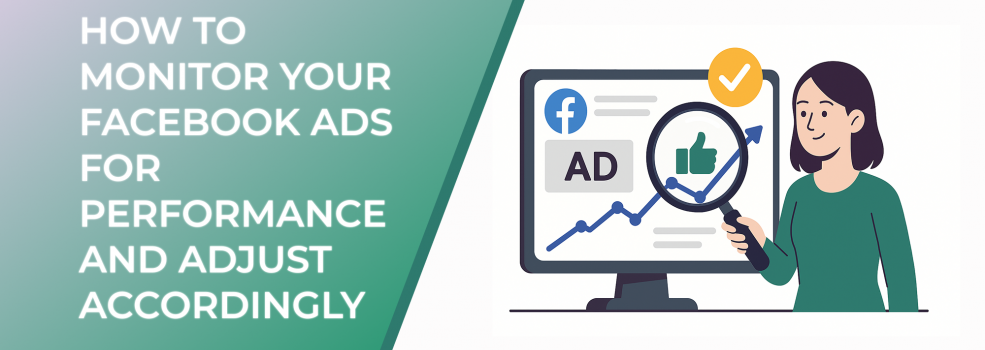Why Monitoring Matters
Facebook’s ad platform reaches over 2.11 billion people daily, offering a goldmine of potential. Yet many advertisers fall short by failing to actively monitor and optimize their campaigns. According to Wordstream, the average click-through rate (CTR) on Facebook ads is just 0.90%. If you're not analyzing performance regularly, chances are you're leaving conversions — and money — on the table.
Regular ads analysis helps you:
-
Detect underperforming creatives early.
-
Identify audiences that convert best.
-
Reduce your cost per result (CPR) and improve ROAS (return on ad spend).
Key Facebook Ad Metrics to Track
Understanding and tracking the right metrics is the foundation of performance optimization. Here are the most critical ones:
1. Ad Impressions Facebook
This shows how often your ad is shown. High impressions with low engagement may indicate creative fatigue or poor targeting.
2. Click-Through Rate (CTR)
The average click-through rate on Facebook ads is an essential benchmark. A low CTR might suggest irrelevant messaging, while a higher CTR (over 1%) often reflects a well-aligned creative and audience.
The five key Facebook Ads metrics every marketer should monitor, along with average performance benchmarks.
3. Cost Per Click (CPC) and Cost Per Result (CPR)
These indicate how efficiently your ads are driving traffic and actions. Monitor fluctuations to understand budget effectiveness.
4. Relevance Score / Quality Ranking
This score reflects how well your ad resonates with your audience. Low relevance? It's time to tweak your targeting or creatives.
5. Conversion Rate
Ultimately, this tells you if users are taking the action you want — purchases, signups, etc.
Tools and Techniques for Ads Analysis
Use Facebook Ads Manager to dive into detailed campaign performance. Apply filters by:
-
Demographics
-
Device types
-
Placement
-
Time of day
Use A/B testing (also called split testing) to compare different versions of your ad. This allows you to measure variables like:
A simple A/B testing flowchart showing how to test and compare variations in ad copy, imagery, and targeting.
-
Headlines
-
Images
-
Calls to action
-
Audience segments
You can learn more about the common pitfalls to avoid in our article Facebook Ad Mistakes – All You Should Know about.
How to Adjust Facebook Ads Based on Performance
Once your analysis is complete, act on it:
-
Low CTR? Test more engaging visuals or ad copy.
-
High CPC? Refine your targeting or experiment with different ad objectives.
-
Poor conversions? Align your ad message better with your landing page or offer.
Check out Simple Questions for Measuring Facebook Ad Effectiveness to develop a sharper measurement mindset.
When and How Often Should You Optimize?
-
First 48–72 hours: Let the Facebook algorithm optimize. Avoid major changes too early.
-
Weekly: Analyze and adjust bids, budgets, and creatives.
-
Monthly: Evaluate long-term trends and adjust your strategy accordingly.
A stagnant campaign is a wasted budget. Our blog on Factors That Influence the Cost of Facebook Ads breaks down how optimization frequency can affect your ad spend.
Bonus: When Your Audience is Too Small
One often overlooked aspect of poor performance is limited audience size. This restricts your ad delivery and raises costs. If your reach is shrinking, read When Your Audience Is Too Small in Facebook Ads to understand how to scale smartly.
Final Thoughts
Successful Facebook advertising requires more than launching campaigns — it’s about constant performance monitoring and smart, data-driven adjustments. Using metrics like CTR, impressions, and CPC, along with regular ads analysis, gives you the insights needed to adapt and succeed in an evolving ad landscape.
If you're serious about maximizing your ad performance, explore how LeadEnforce can help you create custom audiences from web data and improve targeting across your campaigns.
Want personalized help? Stay tuned for more advanced guides from the LeadEnforce blog.

